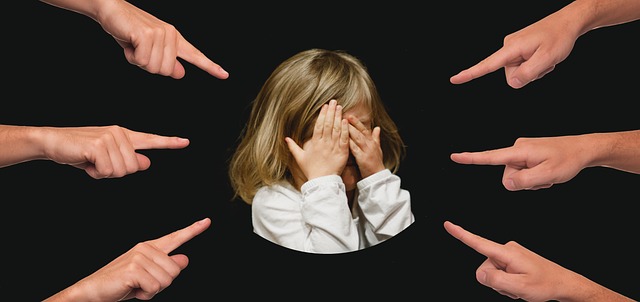Being a neurodevelopmental disorder that can cause significant social, communication and behavioral challenges, autism is a complex condition that affects millions of children across the world. People with autism may struggle to understand and respond to social cues, which can make them more vulnerable to bullying.
Autism bullying is a serious problem that can have lasting negative consequences for victims. It can lead to anxiety, depression, low self-esteem, and even suicidal thoughts and behaviors. Bullying can also interfere with a child’s ability to learn and succeed in school, and sometimes, it can be observed from the other end in the form of an autistic bully bullying others.
Why Are Children With Autism More Vulnerable To Bullying?
Children with autism may be more vulnerable to bullying for a number of reasons. First, they may have difficulty understanding and responding to social cues, which can make them easy targets for bullies. Second, they may have restricted interests or repetitive behaviors, which can make them stand out from their peers and attract unwanted attention. Third, they may have difficulty communicating their needs and feelings, which can make it difficult for them to report bullying or get help.
What Are The Signs Of Bullying In Children With Autism?
Children with autism may have difficulty recognizing and reporting bullying, so it is important for parents and caregivers to be aware of the signs. Let’s take a look at some of the common signs of bullying in children with autism include:
- A sudden decrease in interest in activities that the child used to enjoy.
- Changes in mood or behavior, such as becoming more withdrawn or irritable.
- Difficulty sleeping or eating.
- A drop in grades or attendance.
- Physical injuries, such as bruises or cuts.
- Unexplained belongings missing or damaged.
How To Prevent Bullying Suffered by Children on the Spectrum?
There are a number of things that parents, caregivers, and schools can do to help prevent bullying of children with autism. Here are a few tips:
- Educate children about autism. The more children understand about autism, the less likely they are to bully their peers with autism. Schools can provide autism awareness training to all students and staff.
- Teach children social skills. Children with autism may have difficulty understanding and responding to social cues. Parents and caregivers can help children learn social skills by role-playing different situations and providing positive feedback.
- Encourage children to make friends. Children with autism may need help making friends. Parents and caregivers can encourage children to participate in social activities and clubs. They can also help children to identify other children who share their interests.
- Create a safe and supportive school environment. Schools can create a safe and supportive school environment for all students by implementing anti-bullying policies and procedures. Schools can also provide staff training on how to identify and address bullying, preventing autism bullying in the right way.
How To Address Bullying?
If you suspect that your child with autism is being bullied, it is important to take action immediately. Here are a few tips:
Talk to your child. Let your child know that you are there to listen and support them. Encourage them to tell you about what is happening. Report the bullying to the school. Schools are legally obligated to investigate and address all reports of bullying.
Moreover, work with the school to develop an autism bullying prevention plan. This plan may include strategies for preventing and responding to bullying, as well as support for your child. Seek professional help. If your child is struggling to cope with the effects of bullying, you may want to seek professional help from a therapist or counselor.
Help your child to understand what bullying is and how to respond. It is important for children to know that bullying is not their fault and that they have the right to be treated with respect. Teach your child how to walk away from a bullying situation, how to say “no” assertively, and how to report bullying to an adult.
Role-play different bullying scenarios with your child. This can help your child to practice how to respond to bullying in a safe and supportive environment. Encourage your child to tell you if they are being bullied. Let your child know that you are there to listen and support them and that you will take action to stop the bullying.
It is important to note that since children on the spectrum suffer bullying from others, they may develop bullying tendencies of their own. There are many cases of autistic people bullying others. If your child is behaving in such a way, make sure to educate them about their behavior.
Let’s Wrap Up.
Bullying and autism is an age-old problem that needs to be discussed in greater lengths. It is a serious problem that can have lasting negative consequences for children with autism. However, there are a number of things that parents, caregivers, and schools can do to help prevent bullying from happening, as discussed in detail in this article.
